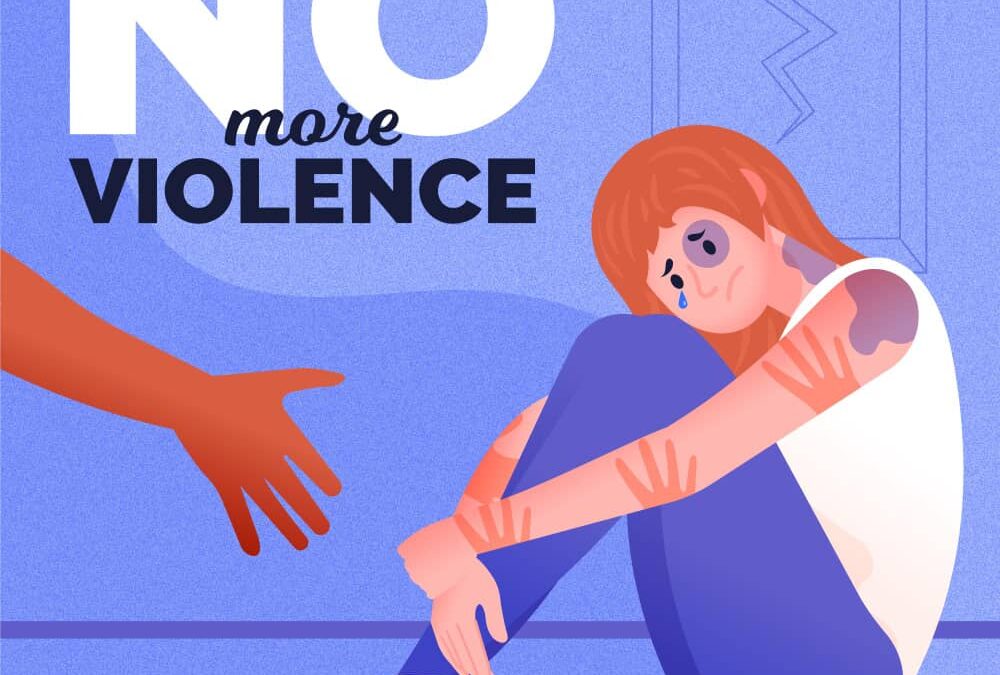Introduction
Violence is an unfortunate reality that exists in various forms across the world, affecting individuals, families, communities, and societies at large. To combat this pervasive issue, raising awareness about the different types of violence, their causes, and potential solutions is of paramount importance. This article aims to shed light on the multifaceted nature of violence, the significance of awareness, and the steps individuals and communities can take to promote a safer and more harmonious environment.
Understanding the Spectrum of Violence
Violence takes on many forms, ranging from physical aggression to emotional manipulation and systemic oppression. Physical violence is perhaps the most recognized type, involving direct harm to an individual’s body or property. Emotional violence, on the other hand, is less visible but equally damaging, as it targets a person’s psychological well-being through intimidation, threats, or manipulation.
Beyond these individual-level forms, violence can permeate entire societies through systemic oppression. This involves unequal power dynamics that lead to discrimination, marginalization, and disadvantage for certain groups based on factors such as gender, race, or socioeconomic status. This structural violence perpetuates cycles of injustice and inequity, often spanning generations.
The Power of Awareness
Raising awareness about violence is the first crucial step towards combating it. Knowledge empowers individuals to recognize signs of violence, intervene when necessary, and support survivors. It also fosters empathy and compassion, encouraging people to stand up against violence in all its forms.
Awareness campaigns can take various forms, including educational programs, workshops, online initiatives, and public events. These efforts can inform people about available resources, legal protections, and the importance of fostering a culture of respect and empathy.
Challenging the Underlying Causes
Effectively addressing violence requires delving into its root causes. Poverty, lack of education, inequality, and cultural norms that perpetuate aggression can all contribute to a violent environment. Addressing these factors can help societies break the cycle of violence.
Promoting healthy communication skills, conflict resolution techniques, and emotional intelligence is essential in reducing violent behavior. Education that emphasizes respect for diversity and the importance of empathy can lay the foundation for a more peaceful world.
Collective Action for Change
Violence awareness is not solely an individual endeavor; it requires collective action. Communities, organizations, and governments play a crucial role in implementing policies and programs that promote safety and address violence at all levels.
Local community initiatives can create safe spaces for dialogue, support, and healing. Grassroots movements and non-governmental organizations often work tirelessly to advocate for change and provide resources for survivors.
Conclusion
Raising awareness about violence is a fundamental step in creating a world where all individuals can live free from fear and harm. By understanding the diverse forms of violence, addressing their root causes, and fostering a culture of respect and empathy, we can collectively work towards a more harmonious society. It’s essential for individuals, communities, and institutions to come together to combat violence and create a safer and more equitable future for everyone.

